Type 2 diabetes is a widespread, chronic condition affecting 36 million Americans and millions worldwide. Characterized by the body’s ineffective use of insulin, it leads to elevated blood sugar levels. While often considered a lifelong ailment, emerging research and clinical evidence suggest that type 2 diabetes reversal – defined as achieving normal blood sugar levels without medication – is not only possible but can occur faster than previously imagined. While the condition stems from insulin resistance and impaired glucose metabolism, studies now confirm that targeted lifestyle changes, weight loss, and medical interventions can restore metabolic health, even in long-term cases.
What is type 2 diabetes?
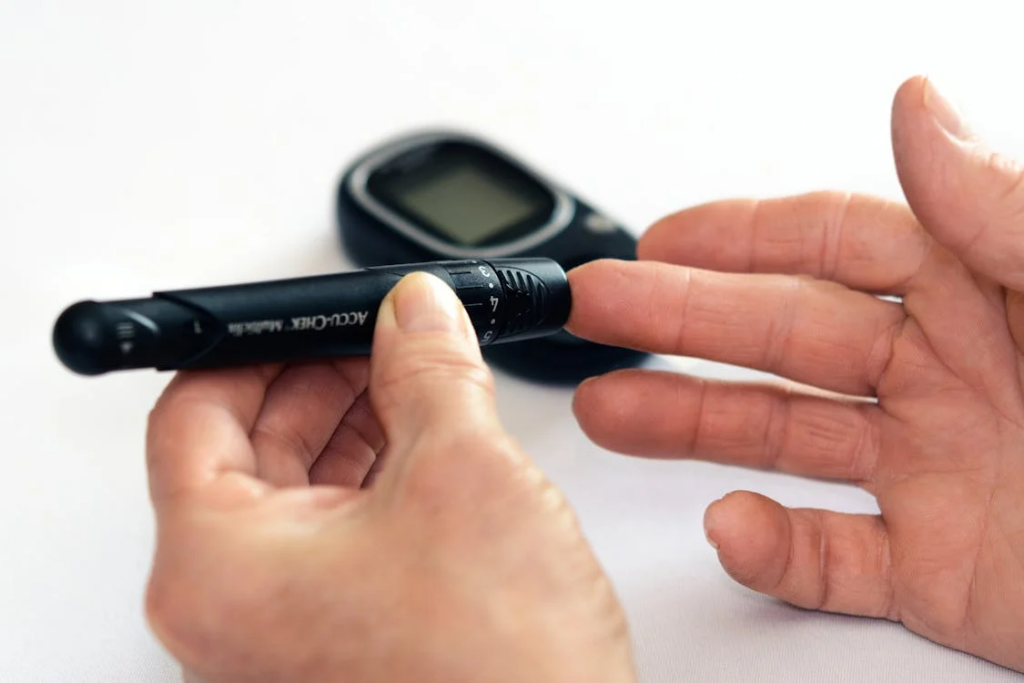
Type 2 diabetes is a metabolic disorder characterized by the body’s inability to effectively use insulin, a hormone produced by the pancreas that regulates blood sugar. In type 2 diabetes, the body either doesn’t produce enough insulin or the cells become resistant to the effects of insulin, a hormone that regulates blood glucose levels. When cells become resistant to insulin, glucose accumulates in the bloodstream, leading to hyperglycemia. Insulin facilitates the movement of glucose from the blood into cells, where it is used for energy.
Unlike type 1 diabetes, which is an autoimmune disease, type 2 is closely linked to lifestyle factors such as obesity, poor diet, and physical inactivity. Approximately 90–95% of diabetes cases are type 2, with nearly 1 in 3 Americans having prediabetes – a precursor marked by elevated blood sugar levels. Type 2 diabetes typically develops in adults, but is becoming increasingly common in children, mainly due to childhood obesity.
Read More: 10 Symptoms of Diabetes That May Show Up In Your Feet
Type 1 Diabetes
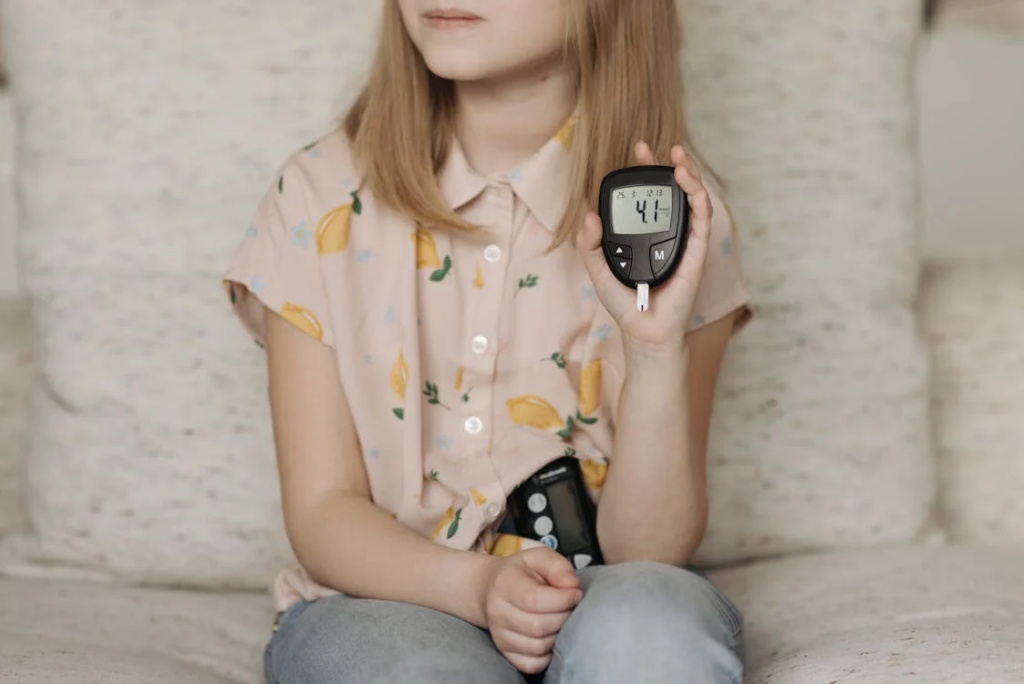
Both Type 1 and type 2 diabetes differ significantly in their causes and how they affect the body. Type 1 diabetes is an autoimmune condition where the immune system attacks and destroys the insulin-producing beta cells in the pancreas. This results in little to no insulin production, with those with type 2 diabetes require regular insulin injections for survival. The exact cause of type 1 diabetes remains unclear, but genetic factors and family history are likely to be the culprit.
Type 2 Diabetes
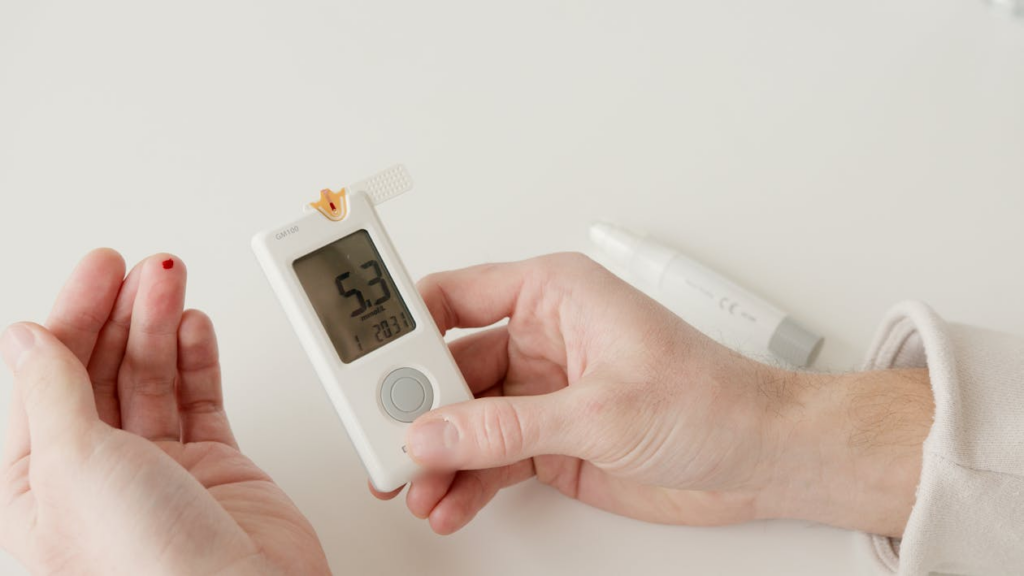
In contrast to type 1 diabetes, type 2 diabetes involves insulin resistance, where the body’s cells do not respond effectively to insulin. Initially, the pancreas compensates by producing more insulin, but over time, it cannot keep up, leading to elevated blood sugar levels. While type 1 diabetes often appears in childhood or adolescence, type 2 diabetes typically develops in adulthood, although it is increasingly diagnosed in younger people due to lifestyle factors.
Lifestyle measures can often manage glucose levels in the early stages of type 2 diabetes, whereas individuals with type 1 diabetes require insulin from the outset. There is no cure for type 1 diabetes, and it cannot be reversed, while type 2 diabetes can sometimes be managed or even put into remission through lifestyle changes. It must be noted that the critical distinction lies in treatment: type 1 demands insulin from diagnosis, while type 2 may respond to diet, exercise, and oral medications.
How does one get diabetes type 2?
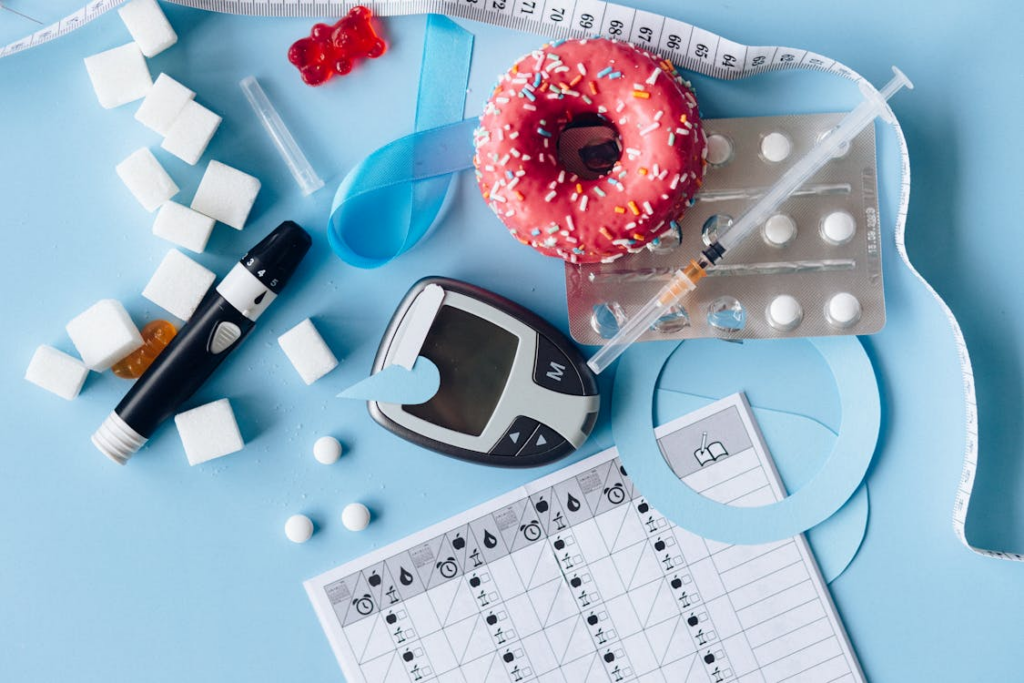
Type 2 diabetes arises from a combination of genetic and lifestyle factors that lead to insulin resistance and weakened insulin production. Genetic factors such as genetic family history influence how the body makes and uses insulin, making individuals vulnerable to type 2 diabetes. Excess weight, particularly obesity, is a significant contributor to insulin resistance. Excess fat affects how the body produces and uses insulin.
Metabolic syndrome, a cluster of conditions including high blood sugar, high blood pressure, and abnormal cholesterol levels, often comes with insulin resistance, increasing the risk of type 2 diabetes. Liver dysfunction also leads to the overproduction of glucose, continuing to produce sugar even after eating, contributing to high blood sugar levels.
Beta Cell Failure which is faulty signaling between cells can disrupt insulin and glucose regulation, leading to diabetes. Over time, high blood sugar can damage the beta cells in the pancreas that produce insulin, impairing their function. The consumption of certain foods and drinks, such as sugary beverages, refined carbohydrates, and processed meats, is linked to an increased risk of type 2 diabetes. Notably, research from Yale highlights that even modest weight loss (10% of body weight) can reverse insulin resistance by reducing liver and pancreatic fat, restoring normal glucose metabolism
What are the Symptoms of type 2 diabetes?

The symptoms of type 2 diabetes can be subtle and develop gradually over several years. Consequently, many people may not realize they have the condition until doctors diagnose it during routine screening tests or when complications arise. Common symptoms include increased thirst, as the body attempts to dilute the high concentration of glucose in the blood.
Frequent urination occurs as the kidneys try to remove excess glucose through urine, leading to more frequent urination, especially at night. Despite elevated blood sugar levels, cells do not receive enough energy, resulting in persistent hunger. High blood sugar levels and the body’s inability to use glucose efficiently can cause fatigue and generally wear you out.
High blood sugar can affect the lens of the eye, leading to blurred vision. Elevated blood sugar levels can impair the body’s ability to heal wounds and sores, increasing the risk of infections. Diabetes can weaken the immune system, making individuals more susceptible to infections, including yeast infections. Nerve damage caused by high blood sugar can result in numbness, tingling, or pain in the hands and feet. In some cases, the body may start breaking down muscle for energy, leading to unintentional weight loss. Dark, velvety patches of skin around the neck, armpits, or groin, known as acanthosis nigricans, can indicate insulin resistance.
Treatment Strategies for Type 2 Diabetes
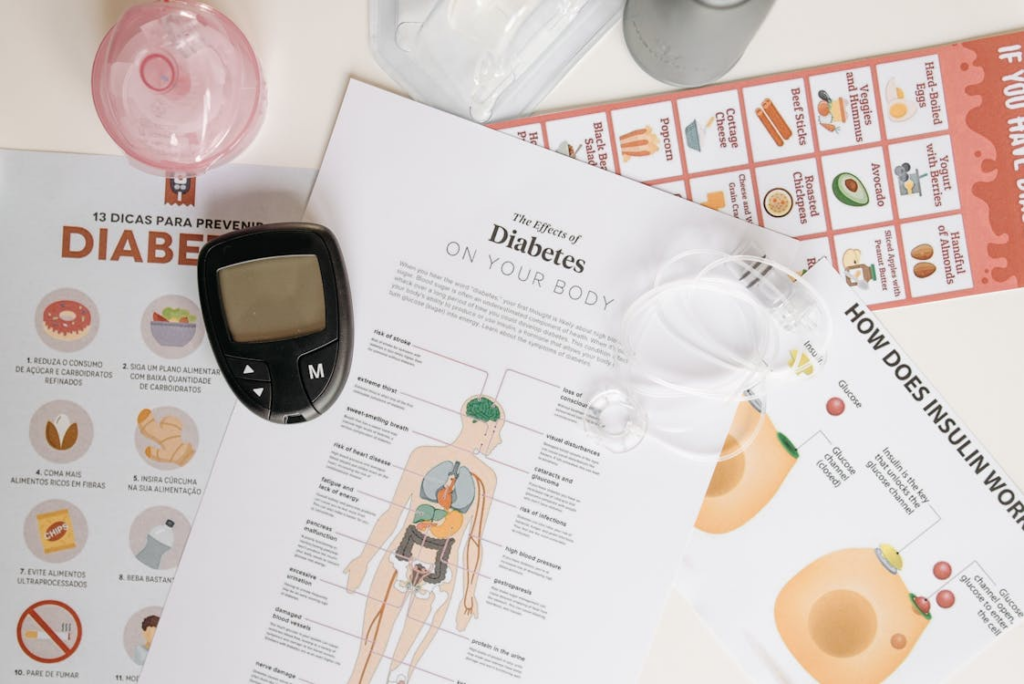
Managing type 2 diabetes involves lifestyle modifications, dietary changes, medication, and, in some cases, evidence-based natural remedies. A comprehensive plan addresses various aspects of the condition, aiming to control blood sugar levels and prevent complications. It’s important to work closely with healthcare professionals to determine the most appropriate treatment strategy for your specific needs.
Dietary Changes

A balanced, diabetes-friendly diet plays an extremely imperative role in managing blood sugar levels and possibly “reversing” type 2 diabetes. One of the main recommendations includes consuming enough calories to maintain a moderate weight. Incorporating healthy fats, such as omega-3 fatty acids, into your diet and to eat a variety of fresh or frozen fruits and vegetables for their antioxidant properties. It is also advisable to choose whole grains over processed grains and opt for lean proteins like poultry, fish, low-fat dairy, soy, and beans.
Limiting added sugar, fat, salt and adhering to low or zero alcohol intake, is advised. Some individuals may benefit from a low-carbohydrate diet, but consulting with a healthcare professional is essential. Ultimately, the goal is to focus on carb quality, emphasizing whole grains over processed carbs.
Lifestyle Modifications

Regular exercise is an important tool that helps to manage weight, improve insulin sensitivity, and lower blood sugar levels. As a general recommendation, aim for at least 150 minutes of moderate-intensity exercise per week, such as brisk walking. Weight loss, especially soon after diagnosis, can significantly improve blood sugar levels and reduce the need for medication. Also, monitoring blood sugar levels regularly helps track progress and make informed decisions about diet and exercise. These modifications can significantly improve your overall health and diabetes management but should be done in conjunction with a curated dietary plan.
Read More: 9 Early Signs of Diabetes You May Not Be Noticing
Medication

Many people manage type 2 diabetes with diet and exercise, but some may need medication to help keep their blood sugar levels within the target range. Common medications include metformin, sulfonylureas (e.g., glipizide), glinides, gliptins (e.g., Sitagliptin), SGLT2 inhibitors (e.g., gliflozins), and GLP-1s. In some cases, insulin therapy may be necessary. Doctors may also prescribe medications to reduce the risk of complications, such as antihypertensives, statins, and aspirin. Your doctor will determine the most suitable medications based on your individual needs and health conditions.
Evidence-Based Natural Remedies

Some studies suggest that certain natural remedies may help manage blood sugar levels. However, it’s important to note that researchers often need more studies to confirm the effectiveness and safety of these remedies, as they might adversely interact with prescribed medications. Examples include cinnamon, alpha-lipoic acid, and berberine. It is important to always consult with a healthcare professional before using any natural remedies, especially if you are already taking medication. They can provide guidance on potential interactions and ensure your safety.
Reversible Through Rapid Remission

Type 2 diabetes can go into remission through treatment, although remission differs from a complete cure. Remission is defined as having an A1c level below 6.5% (48 mmol/mol) after discontinuing diabetes medication for at least three months. Achieving remission involves maintaining a moderate weight, following a balanced diet, and exercising regularly. Weight loss, particularly soon after diagnosis, can significantly increase the chances of remission.
The time it takes to achieve remission varies depending on individual factors such as blood sugar levels, duration of high blood sugar, and the presence of obesity. Some individuals may experience improvements in blood sugar levels within weeks of adopting lifestyle changes, while others may take several months to achieve remission.
Remission is more likely if you lose weight as soon as possible after your diabetes diagnosis. However, we do know of people who have put their diabetes into remission decades after diagnosis. A study notes that more than half the individuals experienced diabetes remission, discontinued diabetes medication, and maintained it for at least 1 year.
Evidence suggests remission is possible even up to 25 years after diagnosis, highlighting the potential for long-term benefits. However, it is worth noting that the duration to achieve healthy blood sugar levels and potentially enter T2DM remission will vary among individuals. It is also essential that a person manages their condition under the guidance of a healthcare professional and maintains healthful lifestyle changes to help keep blood sugar levels within target ranges.
Reversible Moderate Weight Loss

It is important to note that remission does not mean the diabetes has disappeared. Continuous management of glucose levels and regular follow-up appointments are necessary to maintain remission. If glucose levels rise again, a doctor may require medication. While some anecdotal evidence suggests remission can last for years, diabetes is a progressive disease and may require treatment adjustments over time. The strongest evidence we have at the moment suggests that type 2 diabetes is mainly put into remission by weight loss.
The causes of type 2 diabetes are multiple and complex. But we do know that a build-up of fat inside the liver and pancreas causes it in many cases. Evidence shows that reducing the build-up of this fat can put your type 2 diabetes into remission. The abnormalities underlying type 2 diabetes are reversible by reducing dietary energy intake. A small amount of excess fat inside the liver and inside the pancreas causes type 2 diabetes. People with type 2 diabetes yet a ‘normal’ body mass index have an excess of hidden fat and should aim to lose around 10% of body weight.
Reversible Surgical Options

Some of the most effective ways to achieve T2DM remission can include undergoing bariatric weight loss surgery and following a low carbohydrate diet. Also following a very low calorie diet (VLCD) and getting regular exercise. In general, addressing the underlying weight issues that led to diabetes can help reverse it. A focus on eating less separates reversing diabetes from managing. A 2019 study suggests that if a person follows a very low calorie diet of approximately 400 to 800 calories per day, T2DM reversal may be possible. The same review suggests that bariatric weight loss surgery can effectively reverse T2DM in approximately 80% of people.
The Diabetes Code offers three principles for reversing type 2 diabetes: avoid fructose, avoid refined carbohydrates while increasing natural fats. Therapeutic fasting – going without food and drink with calories for a set amount of time – can help reverse type 2 diabetes. The one change that may have the biggest impact on your ability to manage or reverse type 2 diabetes is related to your diet. Making positive lifestyle changes such as eating a well-balanced diet, exercising regularly and getting down to a healthy weight (and maintaining it) are the best way to manage or reverse type 2 diabetes.
Conclusion
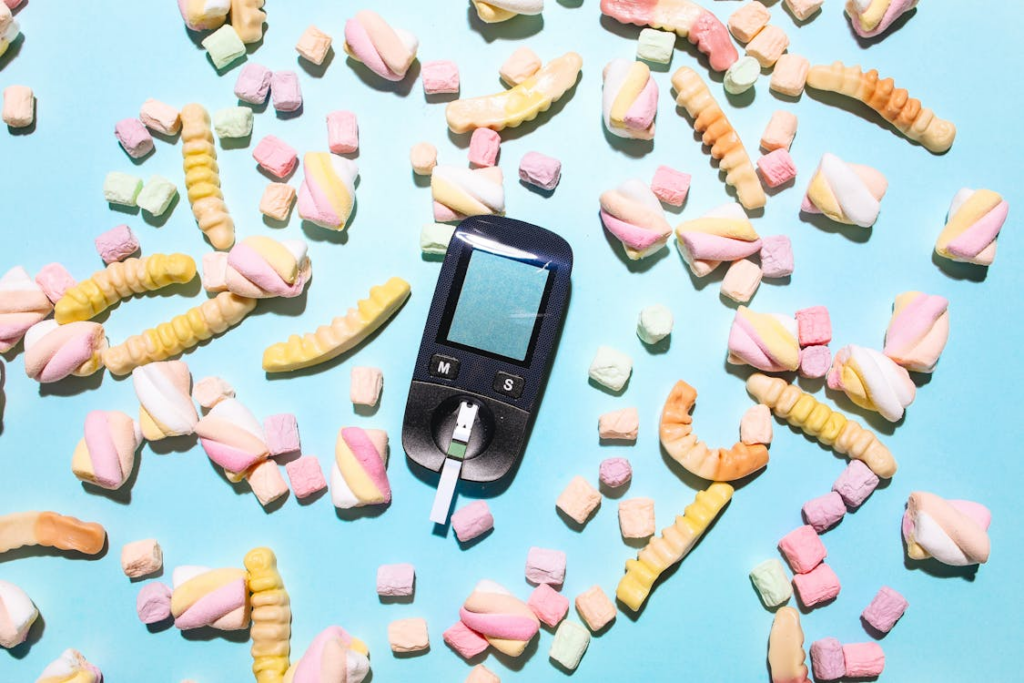
Achieving remission from type 2 diabetes is a realistic goal for many individuals through comprehensive lifestyle changes and appropriate medical management. Diet, exercise, and weight loss are key components in managing blood sugar levels and reducing the need for medication. While the timeline for achieving remission varies, early intervention and sustained effort can lead to significant improvements.
It is crucial to remember that remission requires ongoing management and monitoring to prevent relapse. Individuals should always collaborate with their healthcare team, including doctors, dietitians, and endocrinologists, to develop a personalized plan that addresses their specific needs and circumstances.

